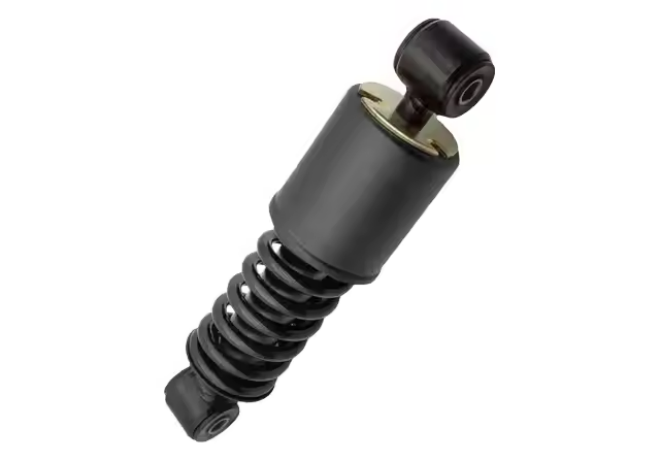Detail Technology
Product performance and technology
Shock absorber working principle
The shock absorber works in conjunction with the air spring. When the air spring is compressed or stretched, the piston inside the shock absorber also moves accordingly. During the movement of the piston, it causes the oil (if it is a gas-oil hybrid shock absorber) or gas to generate resistance through structures such as damping holes or valves. This resistance is the damping force. The magnitude of the damping force is related to the movement speed of the piston. The faster the movement speed, the greater the damping force.
The shock absorber consumes the energy of vehicle vibration through the generated damping force to prevent excessive up-and-down bouncing or swaying of the vehicle during driving. For example, when the vehicle is driving at high speed through potholed road surfaces, the shock absorber can quickly generate sufficient damping force to enable the vehicle to pass smoothly instead of bumping violently.

